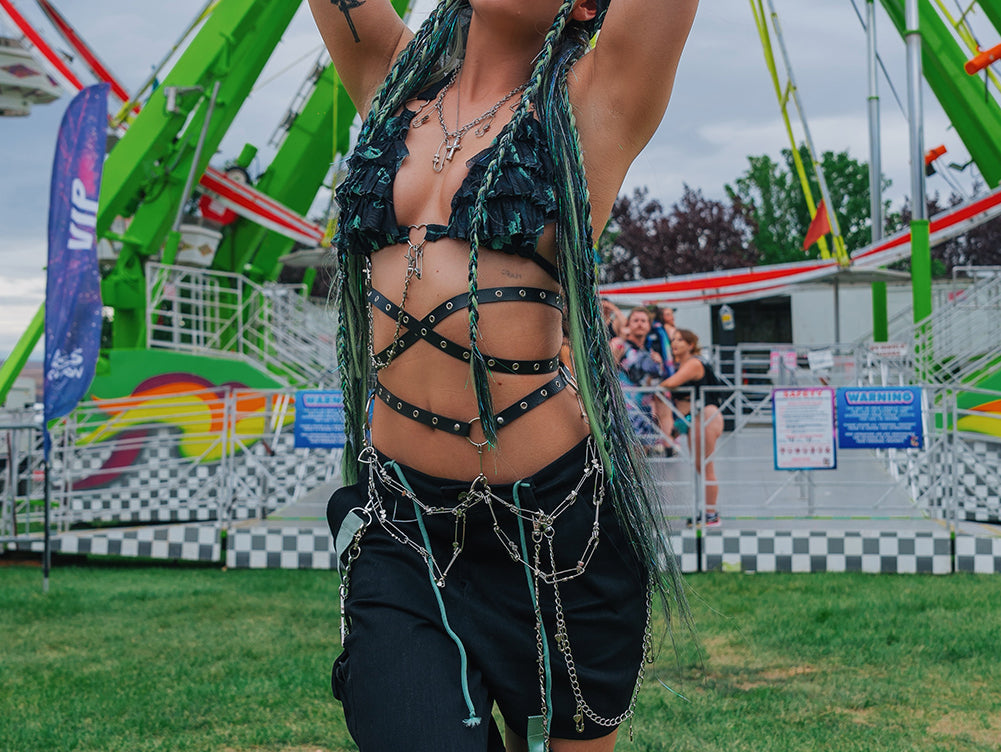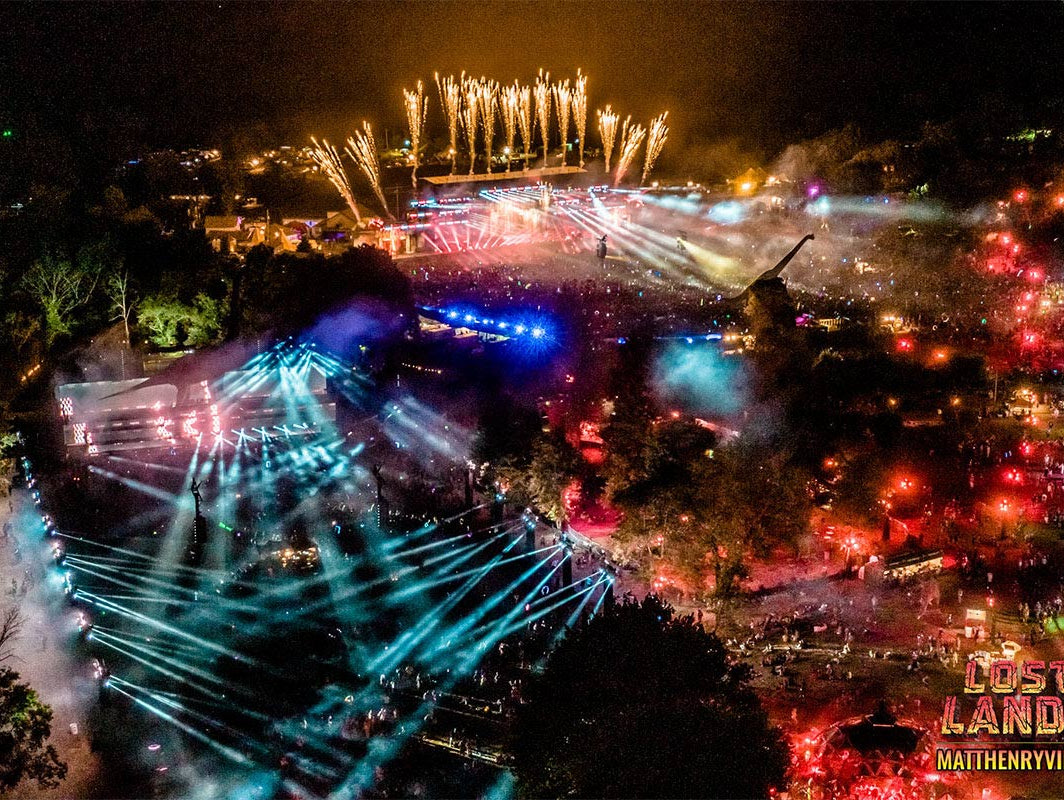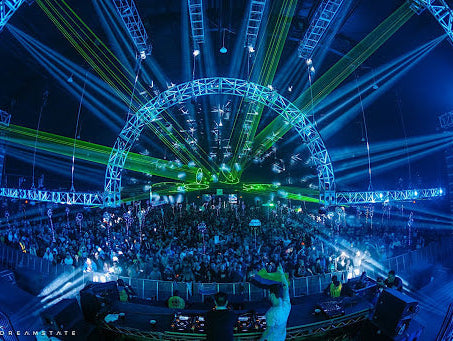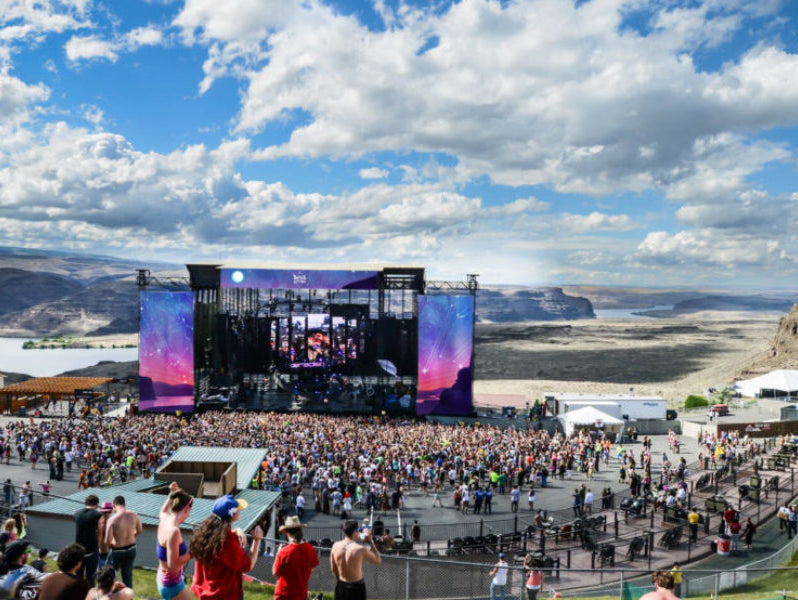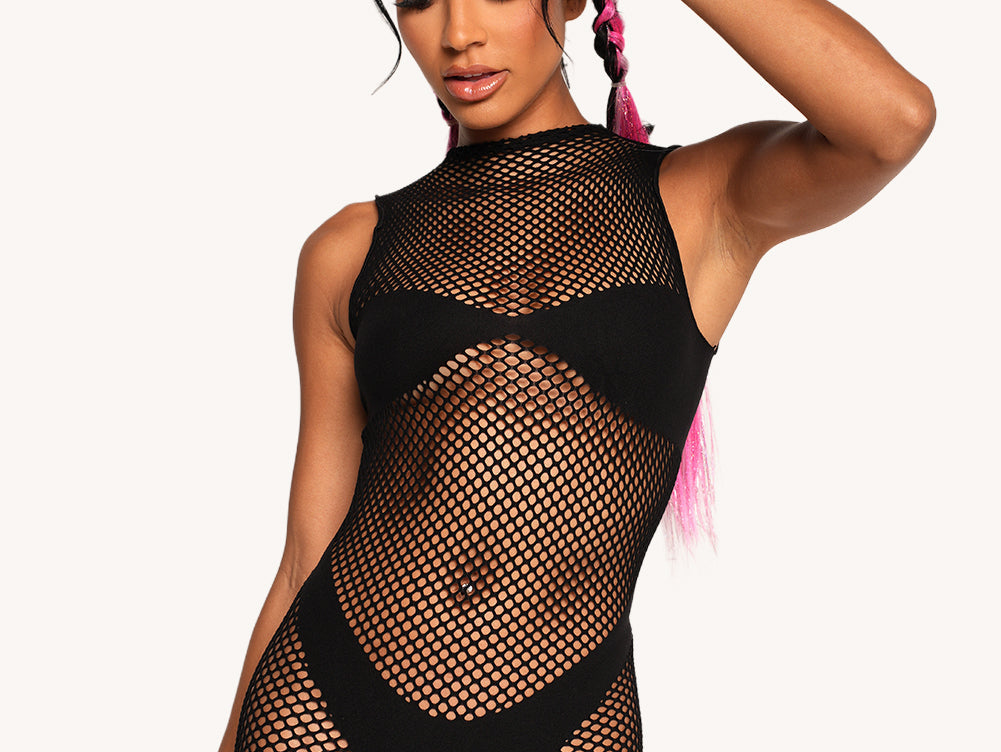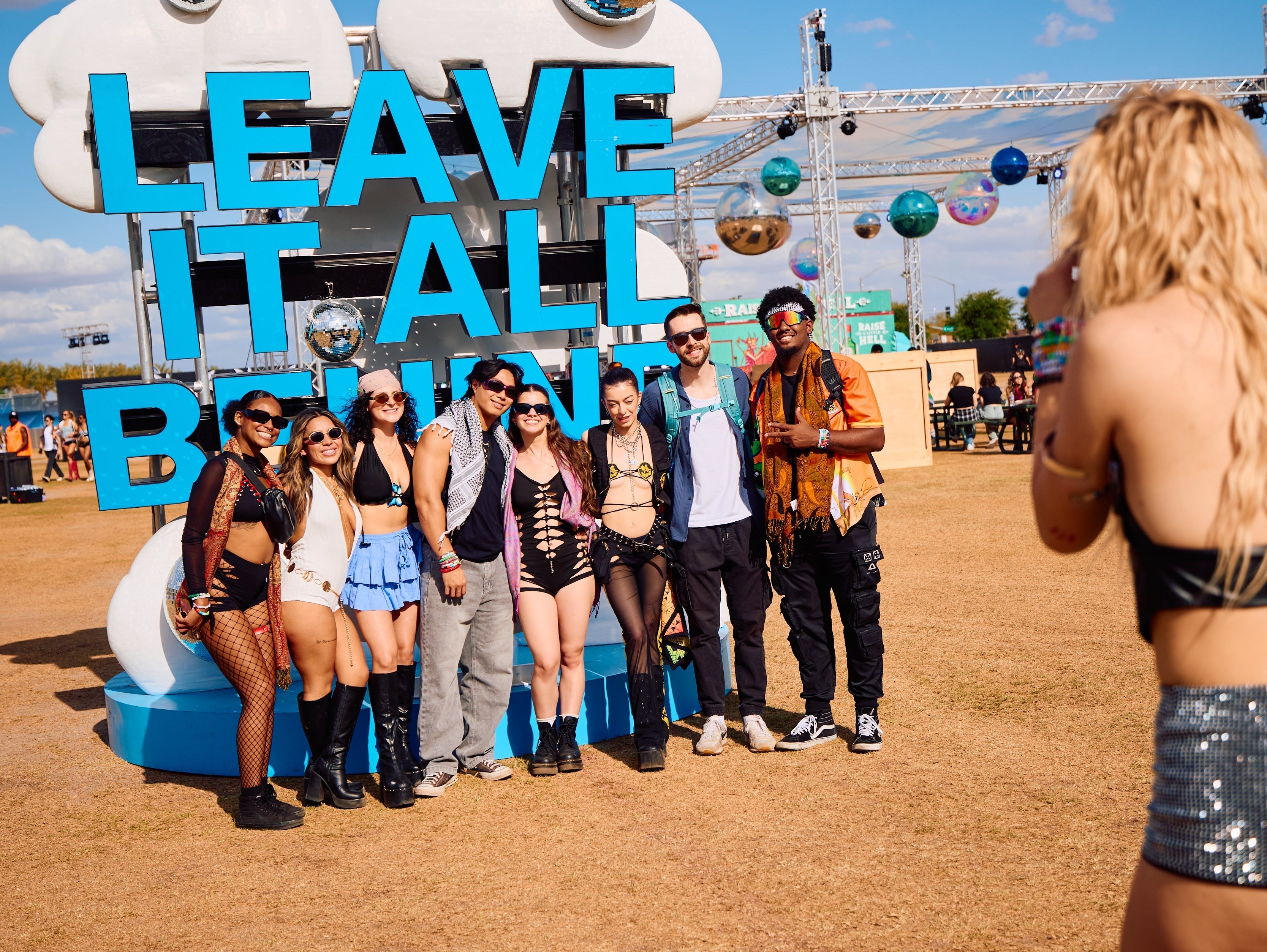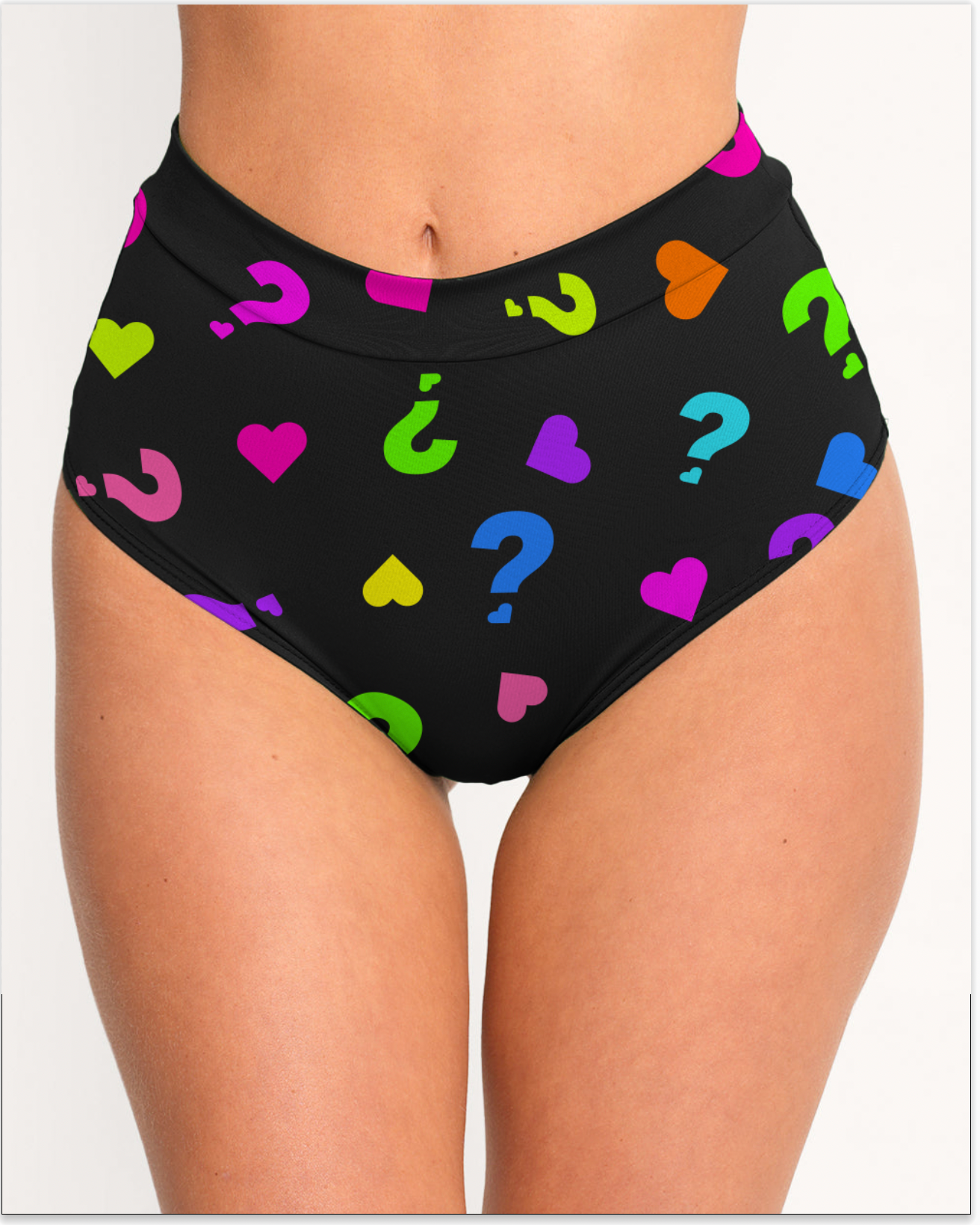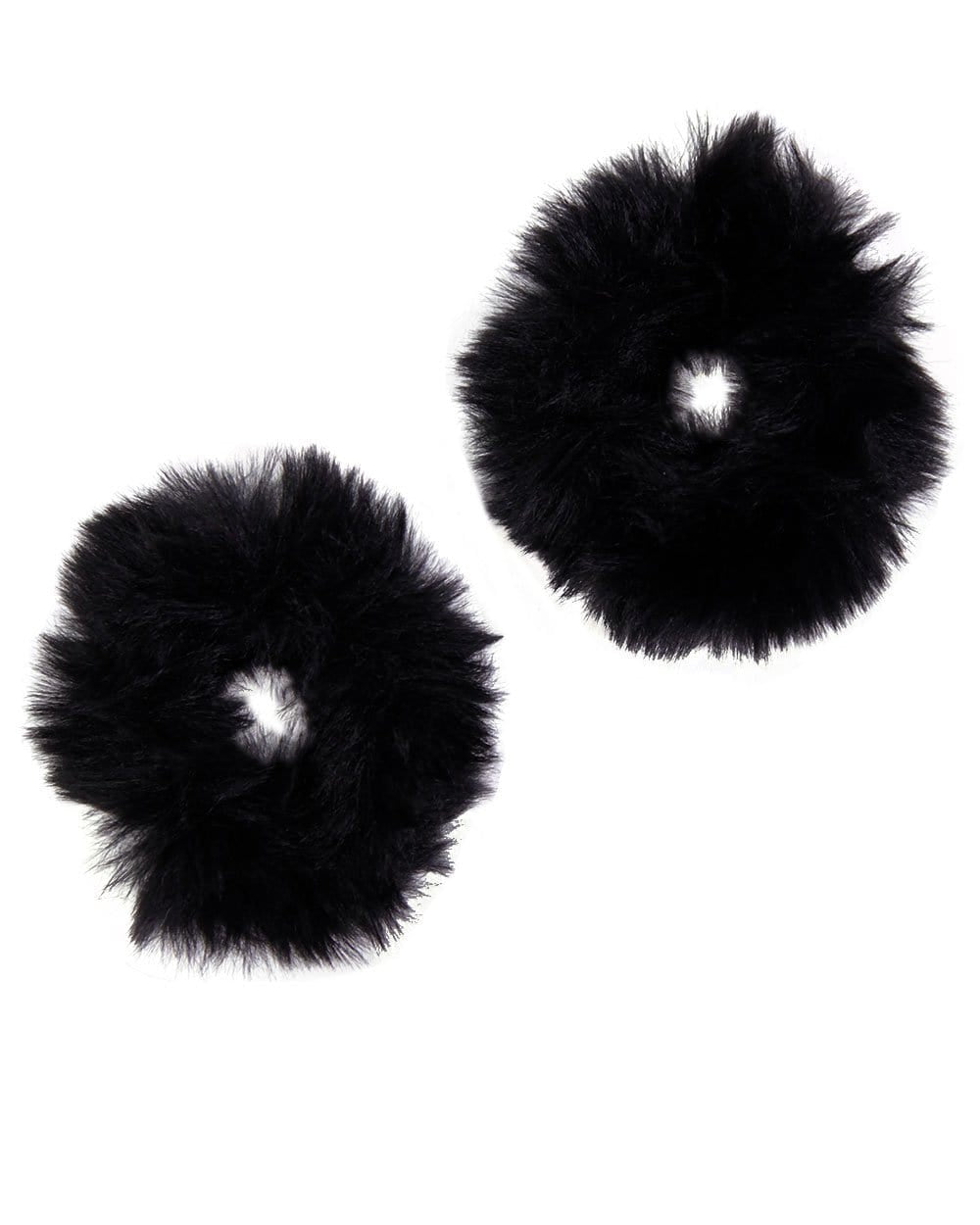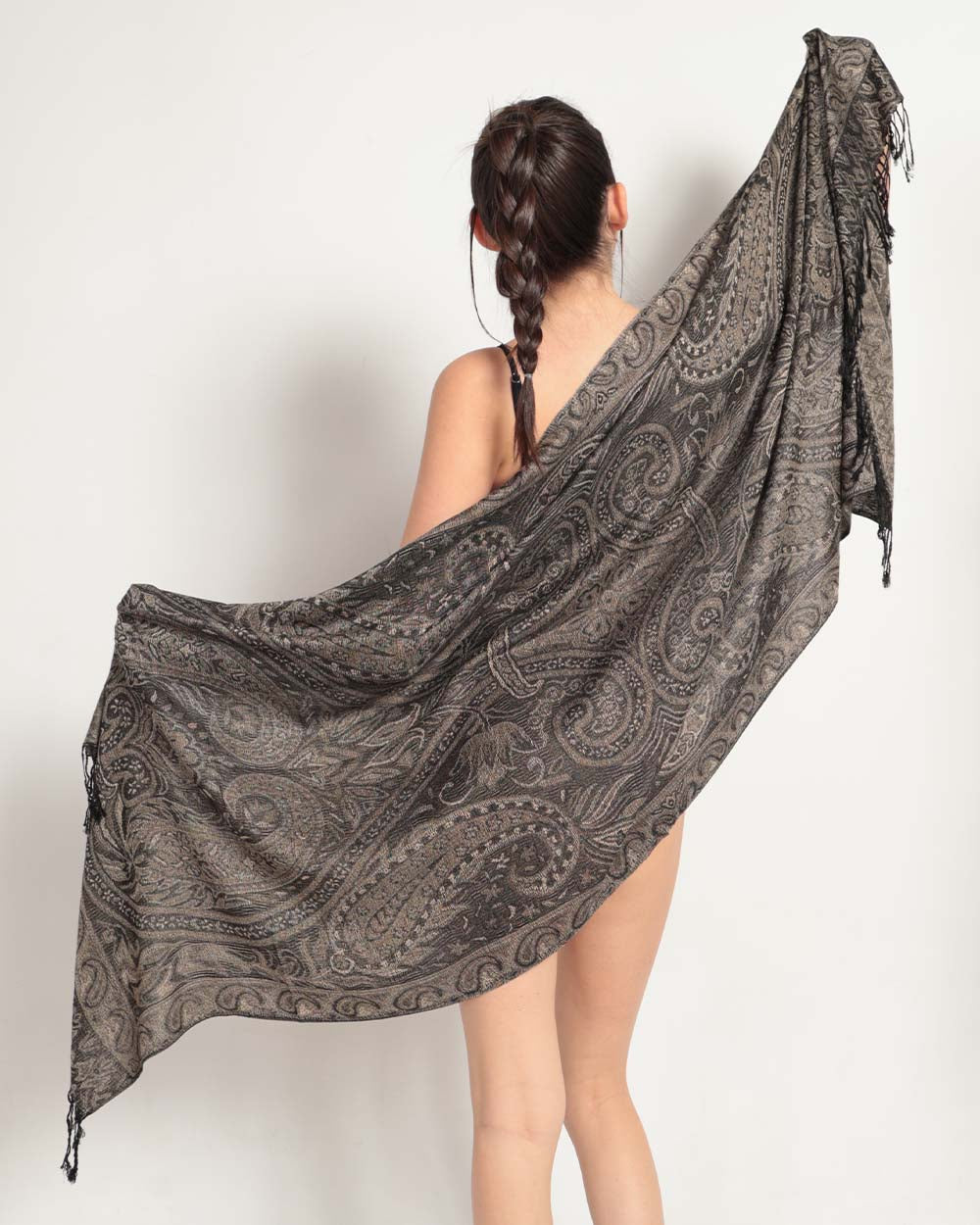What comes to mind when you think of hardstyle? Eerie screeches of a witch dancing around a cauldron of kick drums? A bunch of hyped partygoers stomping the yard while wearing parachute pants? Or do you think of a counter-movement responding to the commercialism of the underground? Well, I’m here to tell you it’s pretty much all of that and then some. But how did an overabundance of screeching noise become one of the most popular styles of music today? For that story, we will have to travel back to when vinyl reigned king and embarrassing nights out were captured by VHS: the 2000s.
The Early Days
Before hardstyle, hardcore (aka gabber), hard trance, and hard house ruled European nightlife. Eventually, all three genres would hit the mainstream radios and TVs. However, not many gabbers were too happy about the dilution of their favorite niche. “Hardstyle came from the exhaustion of the happy hardcore scene,” Stuff I Like stated in his video Subgenres of HARDSTYLE and Their History.
In Hardstyle in Retrospect - A DJ'S Perspective (Documentary), DJ Haze, a Dutch hardstyle legend, said the negative press surrounding hardcore also contributed to the mass exodus. His video showed a clip of the media labeling gabber listeners as aggressive racist druggies with a lousy sense of fashion due to their choice of designer tracksuits.
During this time, producers started experimenting with gabber by slowing the BPM down to about 140-145, spliced in quick vocal cuts, simple FX, and minimalizing the melodies. This process led to the invention of the reverse bass.
What is a reverse bass? “Usually, the bass is hardest alongside the punch and then diminishes until the next kick,” Meph0 on Reddit wrote. “In a reverse bass, the bassline is reversed, so the bassline swoops up after the punch. This creates a very characteristic pulsating rhythm.” If you’re still unsure of the difference, watch this video by EDMPapa.
Nobody really knows what the actual “first” hardstyle track was. “It was not hardstyle because it did not exist back then,” DJ Isaac (a badass DJ who produced the iconic track “B*****S”) said in Haze’s documentary. Regardless, there was no stopping the movement as pioneers like Lady Dana and The Prophet blew out speakers across the Netherlands.
According to Stuff I Like, some of the early tracks heard in clubs were produced in Italy. He said many people assume hardstyle to be only of Dutch origin is because most notable festivals are in the Netherlands and Belgium. An example he showed was a 2001 production titled “I’m Your DeeJay” by Zenith vs. Avex.
The Golden Era
As time went on, the sounds of hardstyle became more refined. Producers started to make more melodic tracks, the tempo increased to about 150 BPM, and kick pitching (adjusting the pitch of the kick) became more common. Eventually, this style became known as Nustyle. DJs like Headhunterz, Wildstylez, and Noise Control became household names during this time. Stuff I Like and the lads on Reddit called this The Golden Era of Hardstyle (roughly 2005-2010).
Undoubtedly, the transition onto the big stage couldn’t have been made possible without the help of a wee production company called Qlass Elite. The Dutch organizers threw the first documented hardstyle event called Qlubtempo (2000) in Zaandam, a city of the North Holland province. These parties were actually unsuccessful, DJ Luna said in Haze’s documentary, but was a necessary catalyst for the future hardstyle.
On June 3rd of the same year, Qlass Elite took over the city of Beursgebouw for a party that would become the most iconic hardstyle event still happening today, Qlimax. The festival celebrated the more brutal tunes of electronic dance music. Some of you, including me, might be surprised to know that Armin Van Buuren and Ferry Corsten were on the ticket!
Qlass Elite would change its name to Q-dance. You’ve certainly seen their black flag with an orange Q at events before, even if you haven’t heard of them until now. In 2002, fellow Dutch organization ID&T (the peeps who do Tomorrowland) hopped on the hardstyle train with Sensation Black.
Hardstyle Later On
As hardstyle continued to take over the festival scene in Europe, many people were concerned the popularity would lead to the same fatal commercialized path of the very genre it spawned from. “Not every fan wanted the happy singalong style,” Stuff I Like said, “this split the fanbase into two camps: those who like Nustyle and those who hate it.”
Haze was not a fan of the overwhelming growth of hardstyle. He felt the music no longer inspired him and decided to take a step back from the main stage in 2003, a significant reason why he split with his music partner Abyss. However, Haze would later join the counter-movement festering in the shadows cast by the uplifting tone of Nustyle. Under the alias Artic, the Dutch would start producing what we would know as Rawstyle.
By implementing more brutal kicks, vocals preaching evil messages, minimal dark melodies, and more screeches, Rawstyle tried to oppose everything Nustyle represented. Haze considered this to be the more “authentic” form of hardstyle. Later productions would adapt kick rolls and fake drops (anti-climaxes) as additional means to further distinguish itself from the prior; thus, Nustyle became known as Euphoric style.
Stuff I Like believed Max Enforcer ft. The Rush “Fade to Black” theme for Sensation Black in 2010 was the “first Rawstyle” track in the terms defined by the gatekeeping police.
When Headhunterz left in 2014 to make big room house, Rawstyle fans celebrated a victory as E-Force took the number one spot on DJ Mag Hardstyle List with “Seven.” The battle between Euphoric and Raw continued as fans bickered on online forums and at festivals. To find peace, producers in 2018 tried to find common ground by combining the two styles.
Our boy Haze eventually came around to the lighter(ish) side and teamed up with fellow Dutch DJ Desnar to form The Warriorz to produce this new hybrid style. “In almost 20 years, this music genre has blurred borders, and I am grateful to have contributed to this,” Haze said at the end of his documentary. “I am still in love with the music, the atmosphere, and the culture. And I will always feel connected with the scene.” He even reunited with Abyss at Hemkade 48, an event complex in North Holland.
Hardstyle on the Mainstage
Around the same time all of this was happening in Europe, Q-dance expanded its reach to Australia, North and South America, and Asia. In 2012, Q-dance even had a pirate ship stage at EDC. Since then, EDC has built a home for hardstyle with scary stages, often made of skulls that shoot flames surrounded by railcars tagged up with graffiti. This magical place is called Wasteland.
“Where does hardstyle evolve to next?” Stuff I Like asked in his video.
Well, Headhunterz played on the main stage of EDC in 2013. Showtek cannonballed into the American festival circuit with their blend of hardstyle and house. Trance DJs like Gareth Emery started to experiment with screeches and reverse bass. Hardcore legend Darren Styles teamed up with Da Tweekaz for a bangin’ hardcore-style fusion set at Tomorrowland 2018.
So to answer the question posed before, I’m sure no matter what happens, I am sure the future is bright—or dark, depending on if you’re team Nu or Raw.



